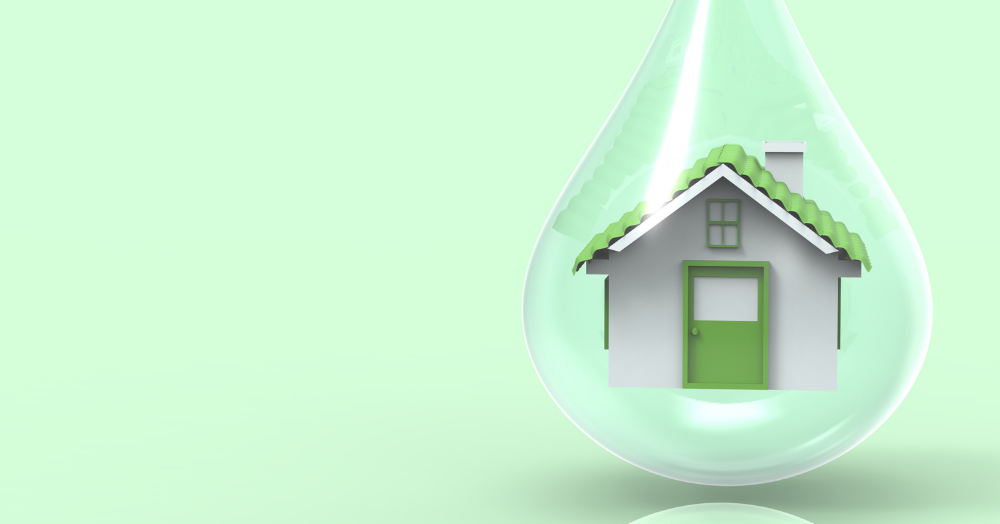Why sustainability is the hot topic in house building right now.
Many of us are trying to live a little more consciously.
Recycling as much as we can.
Choosing sustainable products wherever possible.
And companies have to highlight their 'green' credentials to ensure that they stay relevant in today's world.
But how can this relate to our homes?
The energy efficiency ratings for properties are still widely misunderstood. Despite many schemes and incentives, new homes are slightly more efficient than properties built years ago.
So what can be done to improve things?
How can we live more consciously?
There are, of course, those that choose to live completely off-grid. Self-sufficient in every way with homegrown fruit and veg, solar panels or wind turbines. Perhaps even water sourced from a natural spring. Sounds idyllic, if you like that sort of thing.
But what if you live in a town and have to commute to work or do the school run? It isn't practical to live off-grid for the vast majority of us.
It's possible to improve the eco-credentials of your property with enhanced insulation and solar panels. Just check your EPC to see how you can make simple alterations to increase your home's energy efficiency rating.
But, as with everything in life, there are always extremes.
PassivHaus.
In the early 90s, German Professors Bo Adamson & Wolfgang Feist developed the PassivHaus standard. Homes were built to rigorous energy-efficient design standards to allow them to maintain an almost constant temperature.
Passivhaus standard is increasingly chosen as an effective approach for reducing energy demand and CO2 emissions to the level required by UK building regulations.
The main benefits of a PassivHaus project are durability, high air quality, occupant comfort, and potential energy savings of over 90%
Special attention must be paid to the materials and methods used during the construction process.
But, PassivHaus status is very difficult to achieve. In fact, there are only 1300 certified PassivHaus properties in the UK.
And, on very rare occasions, it may be possible to achieve PassivHaus+ status, which means that the property generates surplus energy, more than is needed for the occupants to live there.
By building properties to specific standards, we could all reduce our energy bills by up to 90%.
Sounds too good to be true, doesn't it?
Makes you wonder why all properties are not built to these standards?
So, why do builders not build to these standards?
The main disadvantage to building a passive house is the upfront cost.
Industry leaders generally agree that the cost of building a passive house is ten per cent higher than building a home that simply meets local code requirements.
The selection of materials that need to be used to create a PassivHaus is more expensive than traditional building materials.
So if PassivHaus status is the extreme end of the scale, perhaps there are a few things that we can be doing in our homes to improve our eco-credentials?
Such as harvesting rainwater for the garden with a water butt? Or adding additional insulation? Maybe even solar panels?
If you plan to build your own dream home, perhaps consider PassivHaus standards for the property?
Or, if you have a PassivHaus get in touch with us. We'd love to hear more about it and what life is like to live in a PassivHaus.

